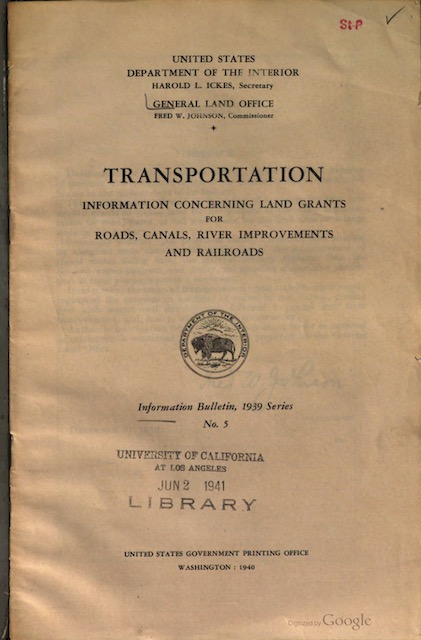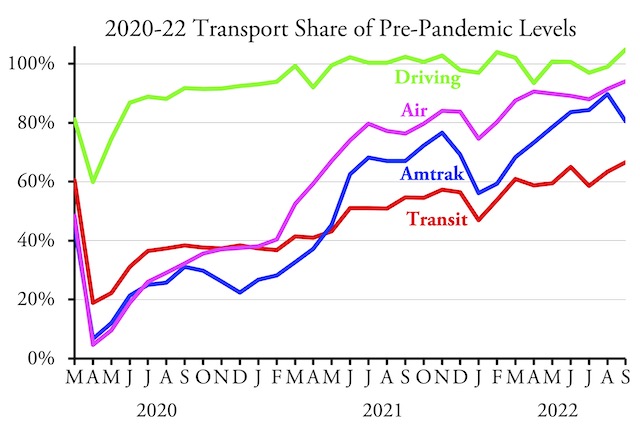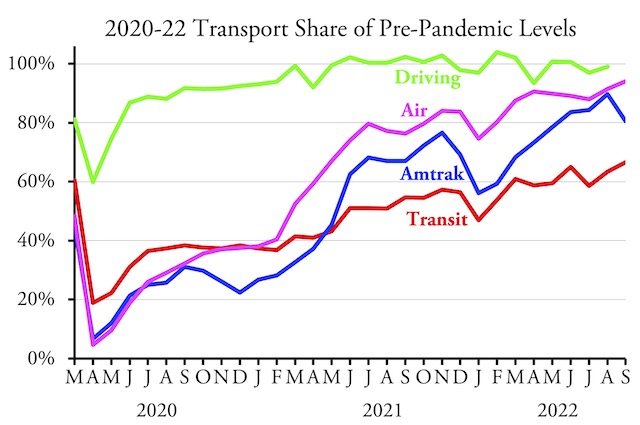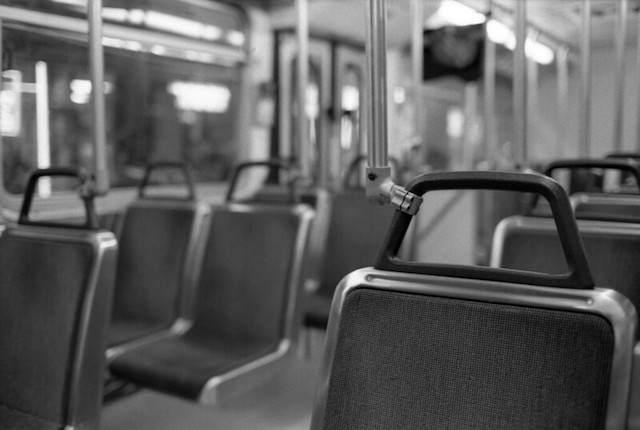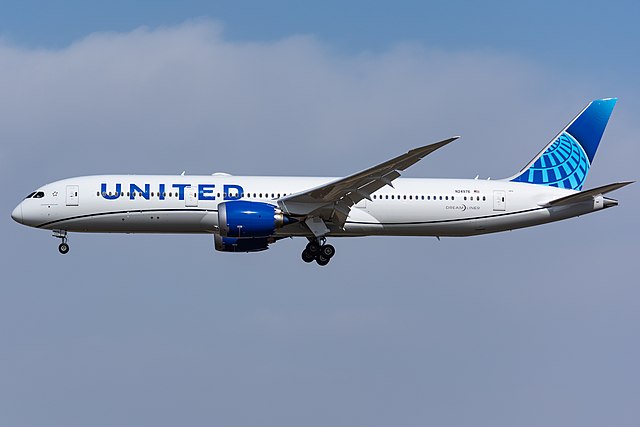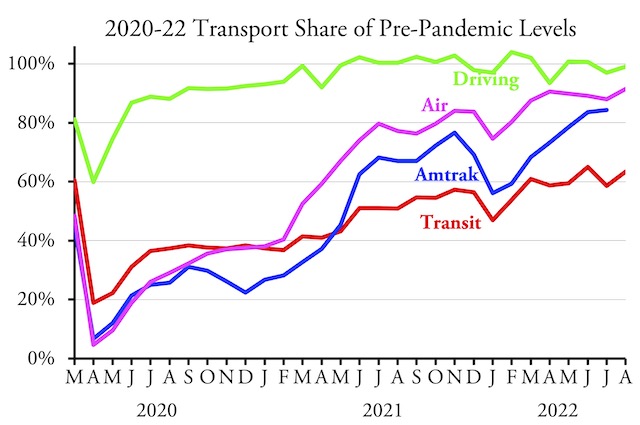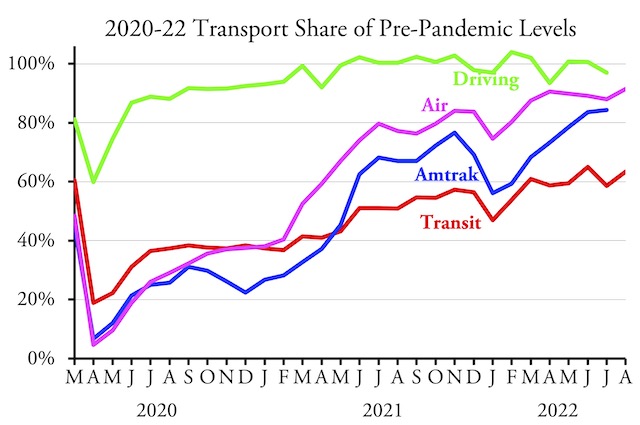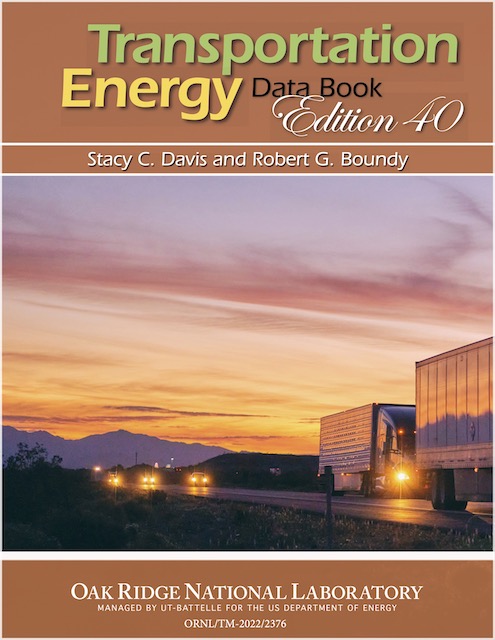Most central Oregon residents are familiar with the Santiam Wagon Road, which parallels U.S. highway 20 up the Cascade Mountains from Sweet Home to Santiam Pass and then down the other side to Sisters. Parts of it are still open as a gravel road that is frequently used by recreationists and the occasional log truck. Other parts have been downgraded to a trail that is less frequently hiked. I’ve both hiked and driven much of the route.
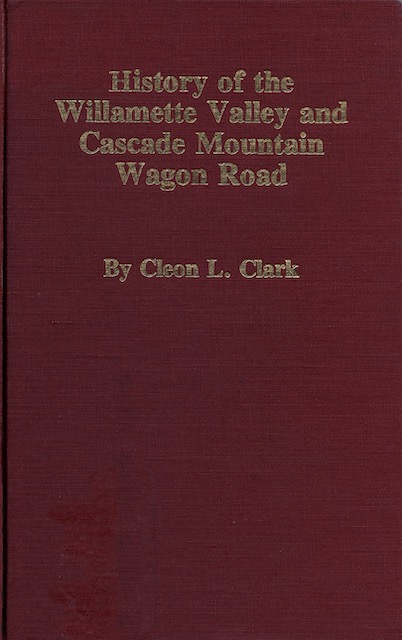 Much of today’s post is based on this book by Cleon Clark, who wrote it after retiring from a career with the Deschutes, Ochoco, and Malheur national forests, all of which were crossed by the wagon road. This book was published by the Deschutes County Historical Society in 1987 and is not copyrighted, so I am making it available for download here. Click image to download the 22.5-MB PDF of this 122-page book with two large maps.
Much of today’s post is based on this book by Cleon Clark, who wrote it after retiring from a career with the Deschutes, Ochoco, and Malheur national forests, all of which were crossed by the wagon road. This book was published by the Deschutes County Historical Society in 1987 and is not copyrighted, so I am making it available for download here. Click image to download the 22.5-MB PDF of this 122-page book with two large maps.
What most residents don’t know is that the Santiam Wagon Road is only part of what was supposed to be a road from Albany, in the Willamette Valley, to the Snake River on the eastern boundary of the state. Even fewer realize that this road was part of one of the biggest land scams in the state, even bigger than the Oregon & California Railroad scandal in the sense that the owners of the Willamette Valley and Cascade Mountain Wagon Road company got away with their scam, while the O&C Railroad did not. Continue reading

